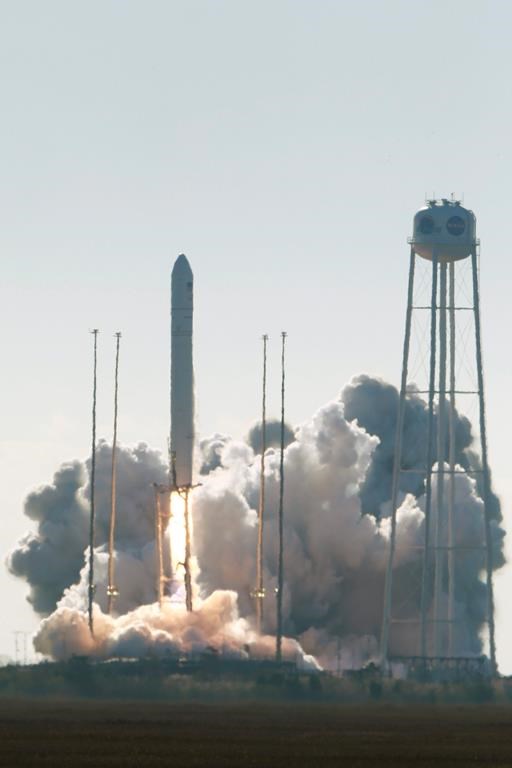A U.S.-based space company is teaming up with the firm planning to build Canada’s first commercial spaceport in eastern Nova Scotia to determine the feasibility of recycling the facility’s rockets.

The agreement will see Houston-based Nanoracks work on finding a new use for spent rocket stages from launches by Maritime Launch Services.
Maritime Launch Services received conditional environmental approval from the province in June to build a launch facility near Canso, N.S.
“The hardest part of our business is launching something into space,” Nanoracks CEO Jeffrey Manber said in an interview.
“The second hardest part of our business is overcoming the high cost of everything. So if you have a structure in space, can you cost-effectively use it? That’s the question.”
READ MORE: New report details impact of proposed NS spaceport in event of explosion or fire
Manber’s company is the largest commercial user of the International Space Station, and most recently it designed and built the space oven for baking cookies that was launched from Virginia on Sunday as part of a 3,700-kilogram shipment to the space station.
Nanoracks has also received funding from NASA to examine repurposing so-called space junk that otherwise would be burned up in the atmosphere or sent to junkyard orbits.
Manber said the plan with the Nova Scotia venture is to use the upper stages of its Ukrainian-made rockets as in-space platforms that can be used either for storage of satellites prior to their deployment or as fuel depots.
He said Nanoracks has been working on the reuse of the upper stages of rockets for the last five years, although it’s not an entirely new idea. He said it was first advanced by renowned aerospace engineer Wernher von Braun when he worked at NASA.
“America’s first space station, Skylab, was really the second stage of a Saturn V (rocket),” Manber said.

The company is looking at using robots that can cut and weld in space. Canadian company MDA Robotics is also partnering on the project.
The robots and some hardware would be put inside the fuel tank before a rocket’s launch and would be deployed after it empties.
Manber said he pitched the idea to Maritime Launch Services because of its proposed orbit paths and because the Cyclone 4 rockets it plans to use, built by Ukrainian company Yuzhnoye, have an established record of reliability.
Manber said the first phase of the work will look at reusing rocket stages, while the second will look at what can be done with the estimated 34,000 pieces of debris already in space that are larger than 10 centimetres.
He said there are millions of dollars worth of good in-space structures floating around.
“Does it make sense to try in the future to use those, or can we just efficiently use what we are sending to space today? I don’t know the answer to that question.”
READ MORE: Proposed Nova Scotia spaceport gets conditional environmental approval
Steve Matier, president of Maritime Launch Services, said recycling his company’s rockets is just common sense.
“The idea that we can repurpose this upper stage instead of just sticking it into an orbit that we have to track for 25 years and never do anything with – and reducing space junk – it’s all good,” Matier said.
The firm aims to launch rockets with payloads of up to 5,000 kilograms to low Earth orbit and payloads of up to 3,350 kilograms into higher orbits. It hopes to have its first launch in the fall of 2021, with up to eight launches per year after that.
Matier said Monday that the company will provide an update on its plans for the spaceport at the end of November.
This report by The Canadian Press was first published Nov. 4, 2019.



Comments